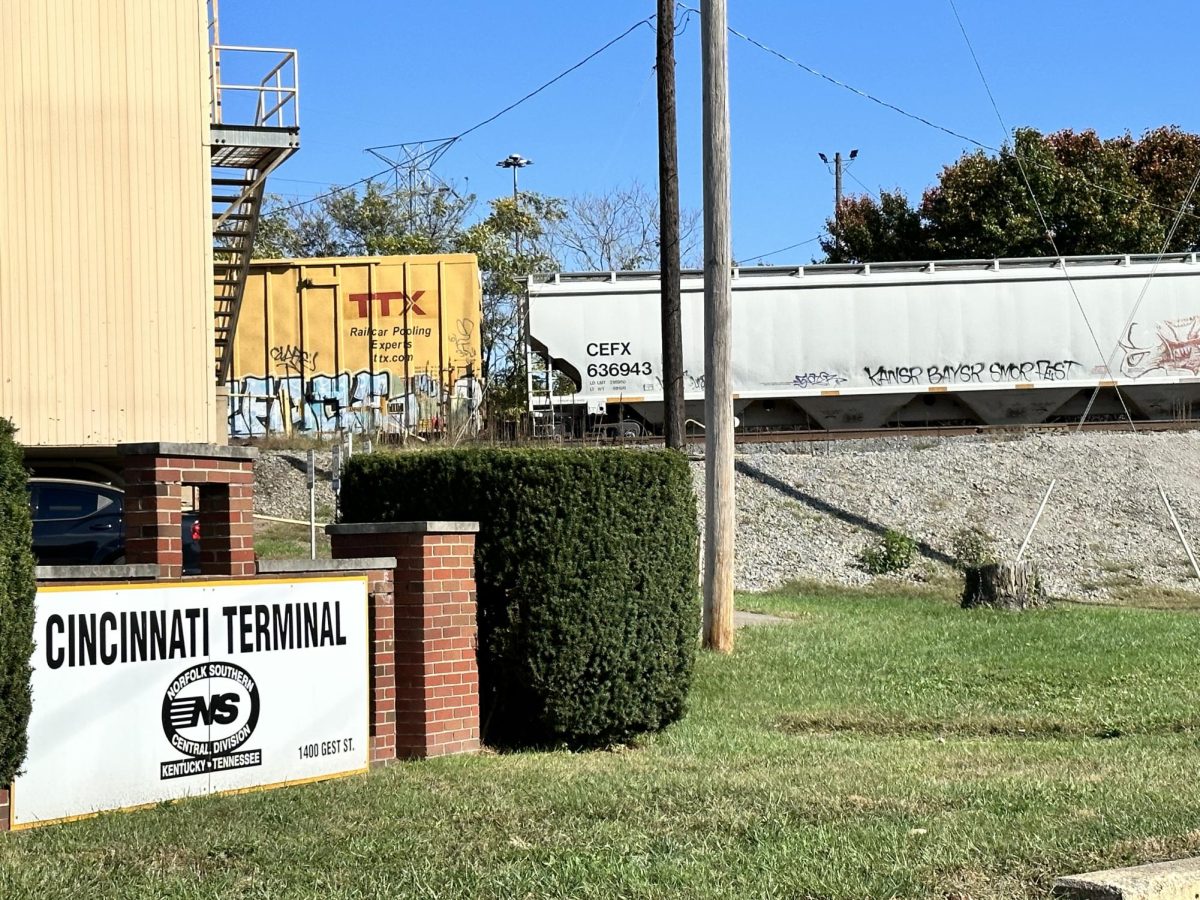After sparking a fierce debate over its proposed sale of the city’s CSR (Cincinnati Southern Railway) to the Norfolk Southern Corporation for $1.6 billion, Issue 22 was approved by Cincinnati voters on Nov. 7. WLWT5 reported that the Cincinnati NAACP (National Association for the Advancement of Colored People) was opposed to the sale of the railroad because they were not included in discussions about how the sale may affect Cincinnati’s black neighborhoods. The Railroad Workers Union and the organizations Derail the Sale and Neighborhoods United Cincinnati were also opposed to the sale.
Mark Mallory, who served as mayor during the late 2000s, remembers a past offer for the CSR.
“Probably in 2006 or 2007, Norfolk Southern came to see me and made an overture that they were interested in buying the railroad. They were offering $500 million,” Mallory said. “I flatly rejected that concept because I didn’t think that $500 million was anywhere close to the value of the rail.”
Because the city government had sought out professional appraisal of the CSR in the past, Mallory knew the value of the railway to be much greater than the initial $500 million offer.
“When they got into the $1.4 billion range, and ultimately $1.625 billion, that’s right in the range of what the railroad is worth,” he said. “We’ll put the money in a trust and use only the interest as a stream of payment, just the same way as the lease… And we did the math and quickly realized that 1.6 billion, even at a conservative estimate, would yield 80 million bucks in yearly interest. We’re currently getting $25 million.”
The city of Cincinnati currently has a maintenance backlog of over $400 million. Mallory says that new sources of revenue are necessary to alleviate the backlog and stop it from becoming greater.
“Over the years, typically, there has not been enough money generated either by property taxes or income taxes, to pay for all of the work that needed to be done in terms of infrastructure,” Mallory said. “This is a problem created because nobody wants to raise taxes, so the only way to get to the point where that backlog is actually paid for is with a huge influx of new money… so [issue 22] is a no-brainer of a solution to deal with the backlog.”
Charlie Luken, who served as Cincinnati’s mayor during the late 1980s and early 2000s, reiterated the need for a new cash influx to help fund basic city infrastructure.
“The city has put out a 10-year program on what they’ll use the increased funds for… kind of the nuts and bolts of the city. It’s streets, bridges, parks, recreation centers, mostly [investing] in Cincinnati’s most underserved communities,” Luken said. “It’s not anything real glitzy, to be honest with you, it’s just regular things that help a city run.”
In early 2023, a Norfolk-Southern-operated train derailed in northern Ohio, spilling over 100,000 gallons of hazardous chemicals and igniting a large fire that burned for several days. The incident caused many Cincinnati residents to be distrustful of the rail giant, and become opposed to Issue 22. However, Luken finds this reasoning misguided.
“We don’t control rail safety on our line; the federal government does,” Lunken said. “We are prohibited from making regulations regarding rail safety… so I think it argues for the fact that we’ve got to divorce ourselves from Norfolk Southern, get rid of our relationship with Norfolk Southern, let the federal government do what the federal government does, which is enforce rail safety and get the city of Cincinnati as far away from Norfolk Southern as we possibly can be.”



